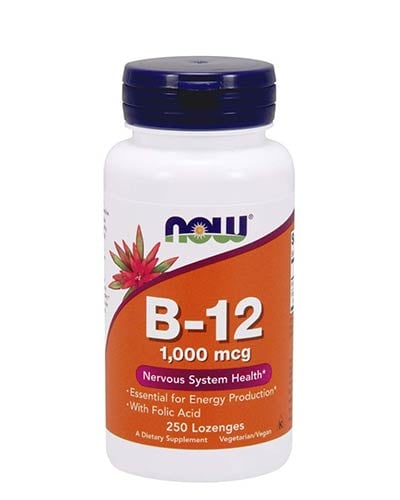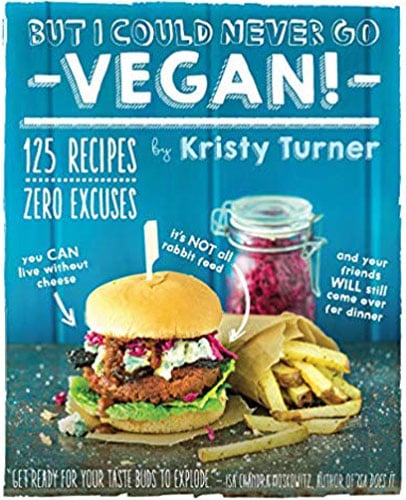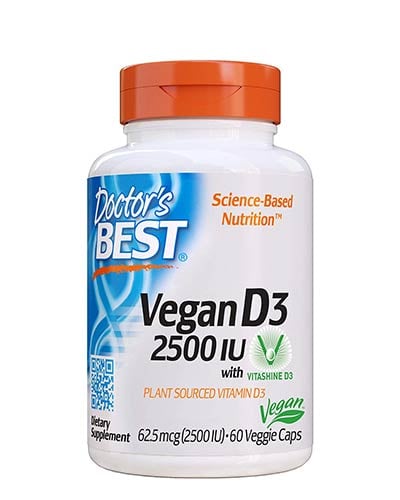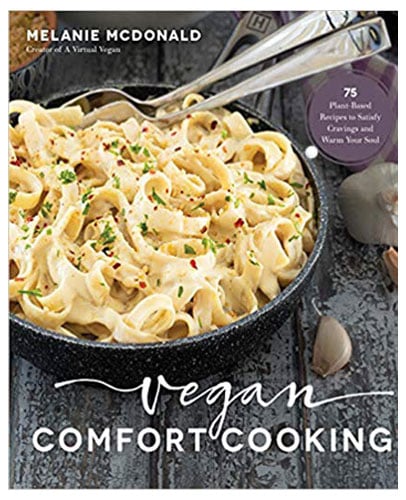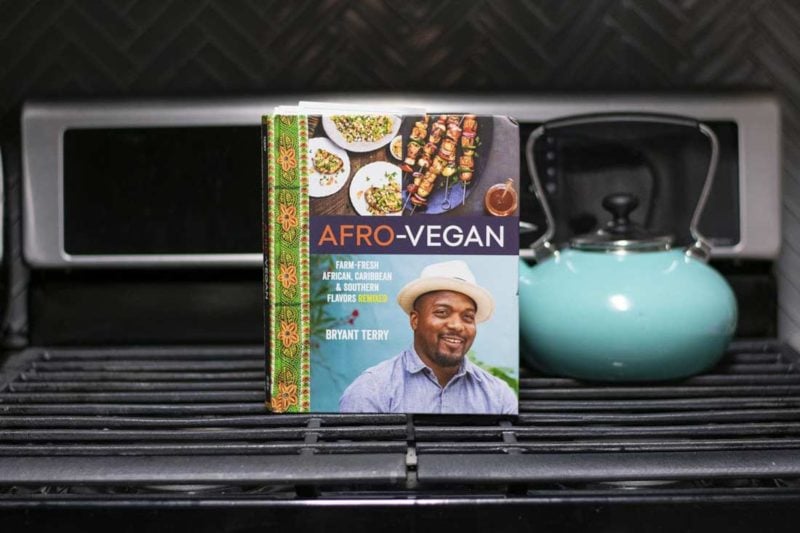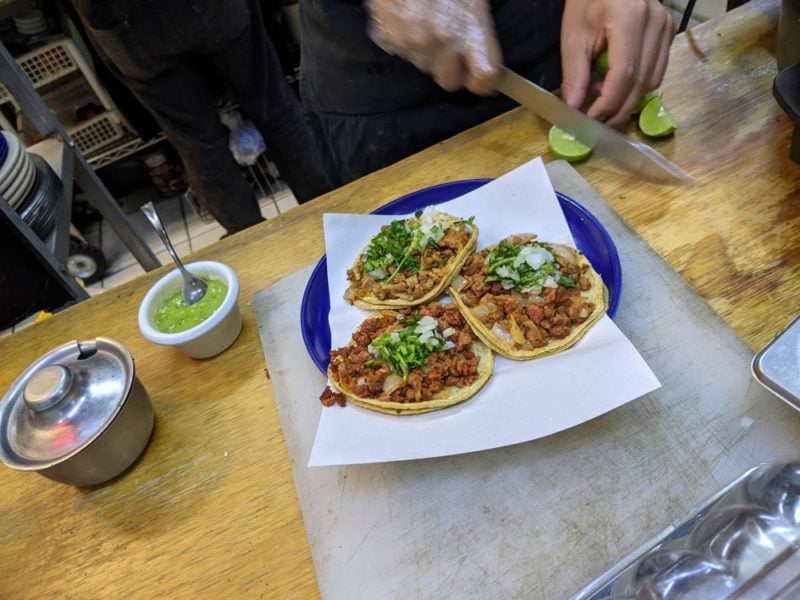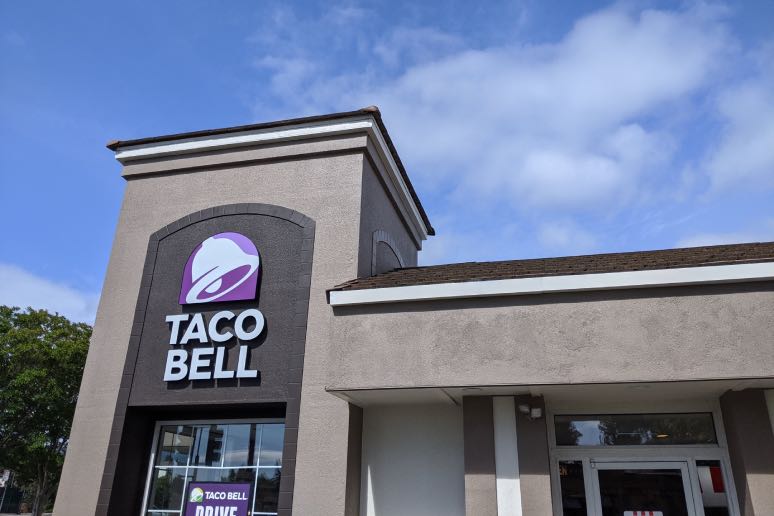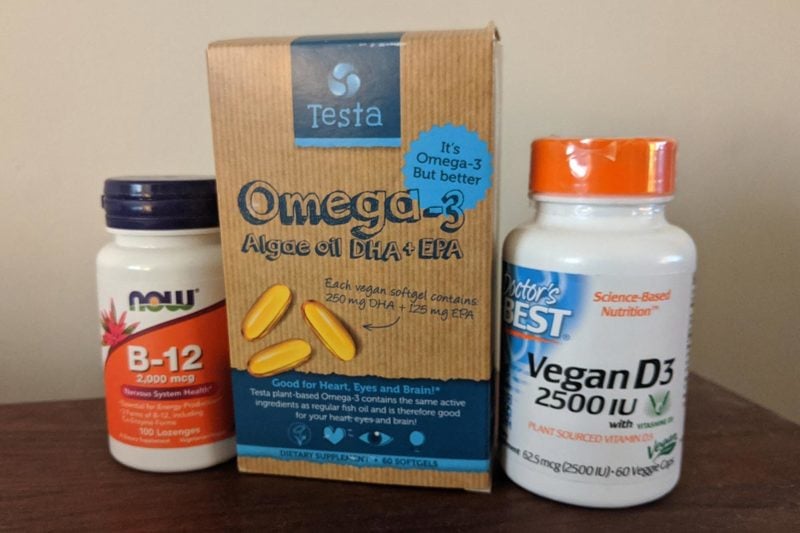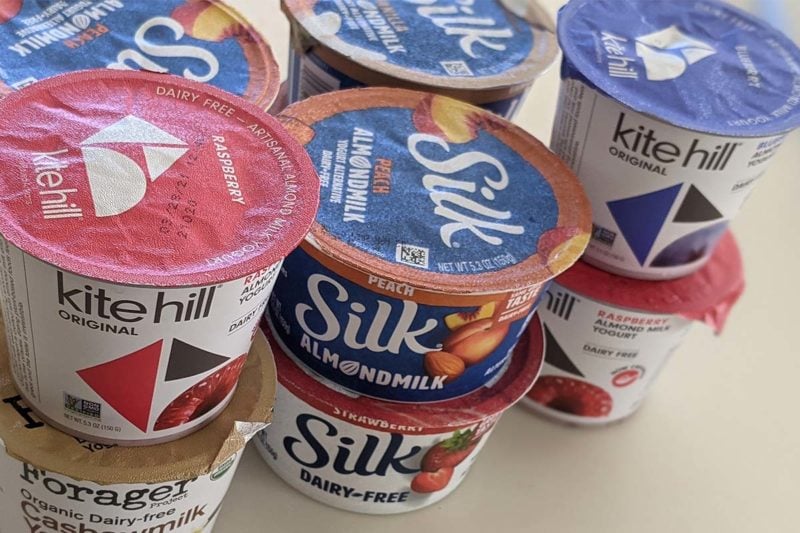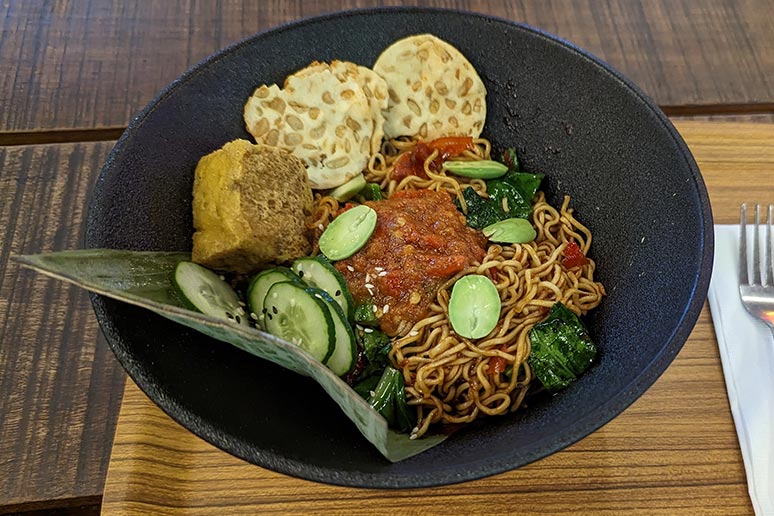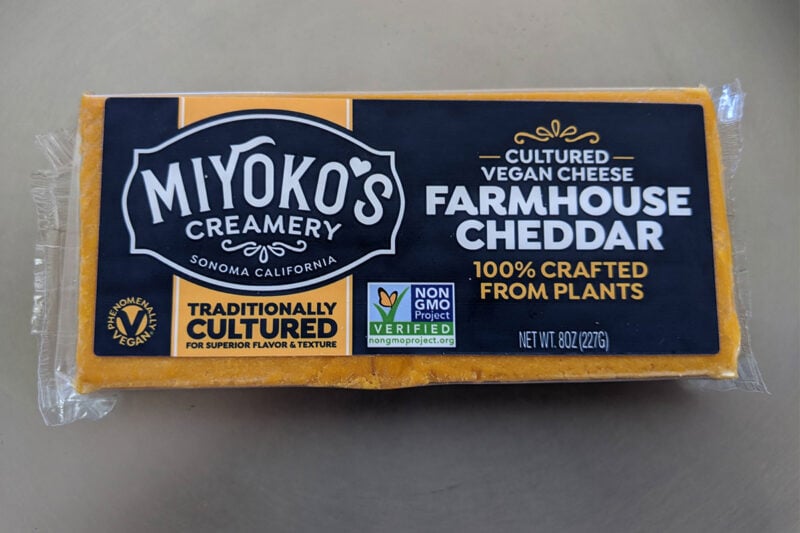Chapter 24
Animal Ingredients
Would you like to eliminate something like 97 percent of your consumption of animal products? Simple: just stop eating foods that contain ingredients that are clearly derived from meat, milk, and eggs. Want to go further? Again, it’s simple: avoid products containing leather, wool, or silk. Now you’ve probably eliminated 99.8 percent of your animal product consumption.
All of this is pretty easy. But here’s the bummer: once you’ve taken these steps, the law of diminishing returns kicks in and eradicating that final trace of animal products from your life is next to impossible. Luckily, as we’ll see in this chapter, there’s really no point in aspiring to total vegan purity. Nobody is absolutely, positively vegan, and there are frankly far more meaningful and productive ways to spend your time than obsessing about reaching an indisputable 100 percent vegan status.
The reason that animal products are hard to completely avoid is that they can show up almost anywhere, and this is because animal agriculture generates tremendous quantities of byproducts. The United States alone raises and slaughters more than 10 billion animals each year. Whether we’re talking cattle or pigs or chickens, well over 30 percent of their weight is essentially unwanted—consisting of blood, skin, bone, organ flesh, excess fat, and so forth. While it’s true that leather generates relatively high value, most of the remaining byproducts are nearly, but not entirely, worthless.
So we’re talking about millions and millions of tons of waste products generated by slaughterhouses each year in the United States. What do they do with all this stuff? They extract this material into nasty scab-like piles, and everything that doesn’t go into pet food is processed into various food and industrial chemicals. Let’s now look at where these chemicals end up.
If you’ve ever spent time reading food labels, you know that processed food often includes all sorts of unpronounceable chemicals. Now, obviously, the average person has no way to figure out if a given food chemical comes from an animal, vegetable, or mineral. But somebody with a background in chemistry would certainly know, right? Wrong. That’s because nearly every substance that food companies source from a slaughterhouse is derived from either protein or fat. And here things get confusing, because, just like slaughterhouse byproducts, the plant kingdom is filled with proteins and fats as well. So, most of the time, all you can know about a given food ingredient bearing a chemical name is whether it might be derived from animal sources.
In most cases, it’s impossible to figure out a given chemical’s vegan status, because sometimes it’s sourced from slaughterhouse byproducts, while other times that very same chemical will be sourced from plant-based ingredients. In the 1990s, there was a popular book on the subject, which gave vegans the impression that they could just look up a given food ingredient and gain some certainty over where it came from. But as we’ve just seen, there’s really no way to reliably compile a comprehensive list. A high percentage of food chemicals deserve “maybe” status, which is completely unhelpful.
If you sincerely want to keep any trace of animal ingredients from showing up in your food, the solution is easy: don’t focus on the origin of obscure ingredients, just eat real food—fruits, veggies, grains, rice, beans, nuts, and so forth. And don’t buy any processed crap that contains ingredients you can’t pronounce. Easy enough, huh?
Having said that, it’s still desirable to learn about the animal ingredients that are most likely to show up in processed food. Many of these have innocent-sounding names that don’t betray their animal origin. Here’s a quick run through of words to look out for:
- Carmine or anything that sounds like it is a red food coloring made from ground-up beetles. Yeah, I know. Totally disgusting.
- Casein and similar-sounding substances are milk proteins.
- Collagen and keratin are rendered slaughterhouse proteins.
- Gelatin is derived from the skins or bones of animals.
- Glycerine, lactic acid, mono or diglycerides, and stearic acid can be produced from slaughterhouse fat, but they could also be vegan.
- Lactose is a sugar extracted from milk.
- Lard and tallow are both fancy names for animal fat.
- Whey is a milk-based byproduct of cheese making.
Obviously, this short collection of items only scratches the surface of all the animal products out there. But I’ve at least given you the most common ones to keep in mind and watch out for.
While it’s fairly easy to banish animal ingredients from your food just by avoiding processed stuff, you should be aware that it’s next to impossible to eradicate all traces of animal products from your life. Consider, for example, a bicycle, the epitome of green living—the steel in its frame might have been lubricated at the steel mill using animal fat, and the rubber in its tires was probably vulcanized with tallow.
Since traces of animal products are widely used in all sorts of factory production, I’ve seen meat producers argue that, if it weren’t for animal agriculture, commerce would grind to a halt. This is probably the most unintelligent argument ever made by anyone on any subject. Nearly all the animal products used by industry are derived from fats or proteins, and the only reason these substances are sourced from animal rather than plant ingredients is so producers can save a few pennies.
I hope I’ve successfully made the argument that there’s really no way to remove all traces of animal products from your lifestyle, and that focusing on microscopic quantities of animal products is counterproductive. If you’re vegan and you make a point of avoiding the places where animal products show up in quantity in manufactured goods—principly clothing, shoes, furniture, and car seats, you’re really doing everything you could be possibly expected to do.
So once you’ve stopped eating animal-based foods, and you’re not buying things like leather sofas and wool or silk-based clothing, there’s just one more set of products that is worth your attention: cosmetics and personal care items are the final place that animal products show up in significant quantity. For instance, a typical bar of soap can be made almost entirely of animal fat. It’s therefore sensible to ensure that that the soaps, detergents, shampoos, and conditioners you buy are are vegetable-based. Ditto for laundry and dish detergent. It’s easy to find vegetable-based versions of all these products online or at your local natural food store. And obviously, it’s also worthwhile to make sure that these items aren’t tested on animals: personal care products and household cleaners usually carry a prominent label if they were formulated without animal tests.
As we’ve seen, it’s easy to banish the major and minor sources of animal products from of your life. And happily, what miniscule traces of animal ingredients remain won’t deliver measurable profit to animal agribusiness.
After you’ve done the things recommended in this chapter, I hope you won’t let a few molecules of animal fat in your bicycle tires be a concern. As we’ll see in this book’s final chapter, it’s infinitely more productive to devote your attention to getting involved in outreach and activism.
Next Chapter: Friends & Family
Return to: Table of Contents
Get the updated second edition of this book on Kindle for just 99 cents, or in paperback
for $8.95.
This page and The Ultimate Vegan Guide is Copyright 2010 by Erik Marcus, all rights reserved. My writing is my sole means of support, so please don’t abuse the generosity I’ve shown in making the full text of this book freely available from Vegan.com. Posting the text of this book to other websites, and copying or distributing it through other means, is strictly prohibited.

